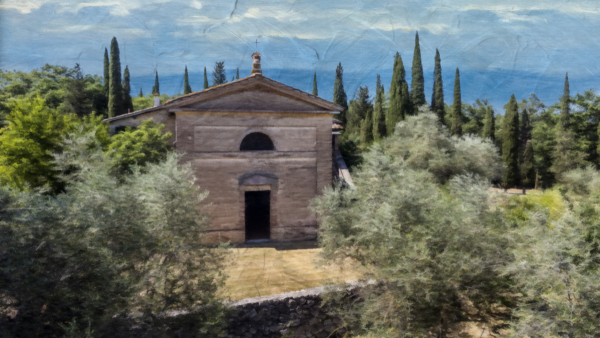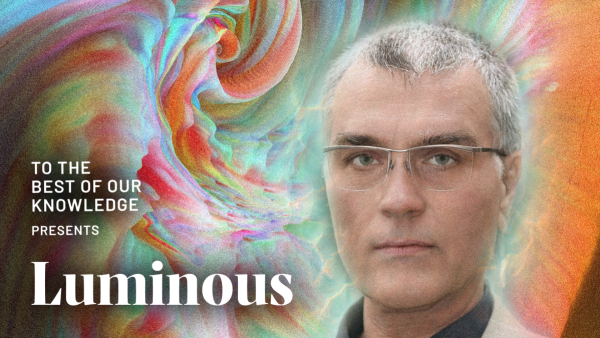Dalal Abu Amneh is a Palestinian singer and neuroscientist. She says music has the capacity to heal and engage the entire brain, and the power to bring people together in the midst of political conflicts.
Science
Talking with a therapist is a proven path to wholeness, but psychotherapy can often drag on too long. Diana Fosha explains why Accelerated Experiential Dynamic Psychotherapy can have quick results for treating trauma.
Can we scale up human flourishing? We know meditation can reduce stress and ease symptoms of depression. Some scientists now believe just a few minutes of mindfulness practice every day could make entire cities healthier and happier.
Thomas Metzinger is a renowned German philosopher who says psychedelics can give us profound insights into the nature of the mind. He believes modern society has an ethical imperative to foster a “culture of consciousness.”
Life is the sum total of the time between birth and death. But what is life? It’s mysterious — and even science doesn’t quite have an answer. But there’s a new biology of life that's overturning decades of assumptions.
Scientists know what life does, but what life is… that’s a mystery, says astrobiologist Marcelo Gleiser. And geologist Bob Hazen believes we need a radically new understanding of how life evolved, which begins not with cells but with rocks.
Melanie Challenger is a naturalist who spends a lot of time in wild places. She’s intimately familiar with birth and death, and she believes any understanding of what it means to be human must start by tuning into our animal nature.
Not long ago, we thought decoding the human genome would reveal the secrets of life. That proved to be a fantasy. Now scientists are learning how to grow life outside the body — and as science writer Phil Ball discovered, even create mini-brains in a vat.








